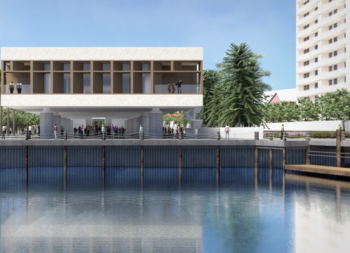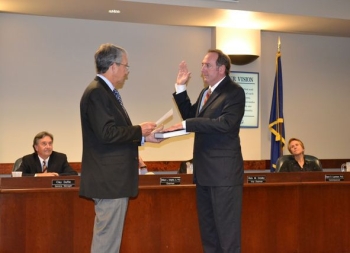Requirement of Originality in Architectural Copyright
Are you an architect thinking about copyrighting your work? Or a developer looking to design a new building? No matter how big or small the project, consider The Architectural Works Copyright Protection Act (AWCPA) before beginning your project. The AWCPA protects the original designs of architecture in virtually any form, including architectural plans, drawings, and the buildings themselves.
Whether or not an architectural design can be copyrighted depends partly on its originality and creativity. But how “original” does it have to be? The answer – the bar is set low.
A work needs to only exhibit a slight degree of creativity in order to be eligible for copyright. The author need only to contribute something more than a merely trivial variation. Works that stem from preexisting works are also subject to copyright protection called “derivative works.” There, the creativity is judged on the new material added to see if there is “a faint trace of originality” – essentially something a little more than copying. Once the work meets the originality standard, it is eligible for copyright protection, allowing its creator to punish any infringer subject to the defense for independent creation. Independent creation occurs when two people independently create the same or substantially similar work, allowing both parties to claim protection, and acts as a defense against any claim by the other.
But originality is not always a shoo-in. Take, for example, the case of Sari v. Am.’s Home Place, Inc., 129 F. Supp. 3d 317 (E.D. Va. 2015). In Sari, the homeowner employed an architect to design plans for a new home. After the plans were completed, the homeowner and architect’s relationship began to fall apart. Later, the architect entered into a new contract which utilized the plans directed and paid for by the homeowner (his previous client). The homeowner brought suit, alleging copyright infringement among other claims. Ruling for the architect, a federal court in Virginia found that the homeowner’s plans did not contain creativity, and were essentially a copy of an “existing, apparently quite common, floor plan.” Sari, 129 F. Supp. 3d at 326.
Often times, originality is much more difficult to obtain than the creator initially expects. This is particularly true when considering what is needed to acquire a certificate of copyright. To obtain such a certificate, one only needs to file it with the copyright office. There is no analysis of originality prior to the issuance of the copyright. And in all actuality, this “presumption of originality” that rides on the coattails of the certificate is fairly easy to rebut, according to at least one federal court of appeals. See Universal Furniture Int’l, Inc. v. Collezione Europa USA, Inc., 618 F.3d 417, 430 (4th Cir. 2010).
If an arrangement is purely utilitarian, mandated by building code requirements or standard architectural practices, that arrangement will likely not warrant protection. For example, if an applicable building code requires certain clearances for servicing and maintenance, one cannot obtain protection for embodying these specifications into a floor plan. In this respect, it is settled that the person seeking copyright protection is obliged to show that the features of its design are conceptually separable from the design’s utilitarian aspects in order to demonstrate the validity of its copyright.
Therefore, an architect, builder, or entity seeking copyright protection must focus on nonfunctional features that reflect the designer’s artistic judgment exercised independently of functional influences. This is crucial because the protection of unoriginal features would impede, rather than promote, the progress of architectural innovation.


















































































































































































